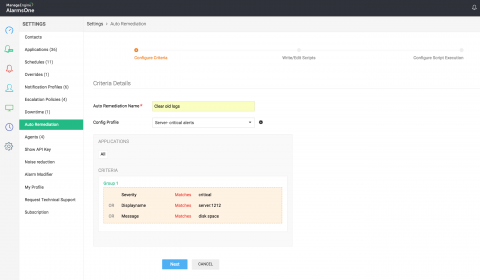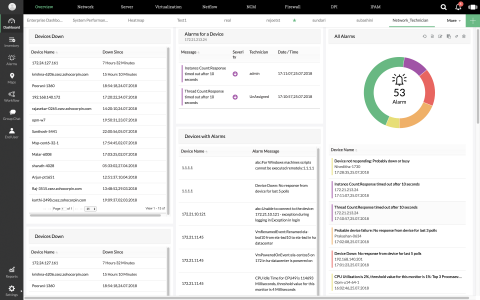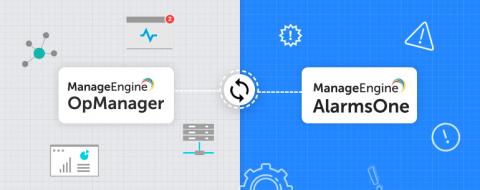Simplifying security auditing, Part 3: Keeping insider threats in check
Insider threats are on the rise. In fact, both administrators and average employees are among the biggest security threats in an organization. When it comes to security auditing, there are two areas you need to focus on: Active Directory changes and individual user activity, particularly administrator activity.










